Moc pěkný, díky za článek. 
Remains of an Aztec palace and ruins of Hernán Cortés' house found in Mexico City
Categories: Finds and rescue research abroad , Nálezy nejenom s detektorem kovů v USA, severní a jižní Americe
Archaeologists from the National Institute for Anthropology and History (INAH) found a charity pawnshop from the second half of the 18th century under the northern part of the building. The second half of the second half of the second half of the second half of the second century, pre-Hispanic basalt floor slabs from the reign of the ruler Axayácatl (1469-1481) and the remains of Cortés' residence in Tenochtitlán from 1521.
The Nacional Monte de Piedad, next to the Metropolitan Cathedral in Mexico City, was founded in 1775 as a non-profit pawnshop for the poor. The purpose of the organization was, and still is, to help poverty-stricken people with interest-free loans against pawn. It continues to operate in this way today, assisting some 6 million families, and is probably the oldest financial institution on the American continent.
Prior to the planned renovation of part of the building, it was necessary to determine whether there were any archaeological sites on the site that could be damaged by the renovation. After all, practically all of Mexico City is on the original site of Tenochtitlan and without exaggeration; wherever you dig, you can see some remnant of the former Aztec center.
The INAH team therefore made 12 test probes, uncovering the remains of stone walls and columns, including the floor. The walls were made of basalt lava stones and the floor was also made of basalt. This house was commissioned by Cortés after the conquest of Tenochtitlán on its ruins in 1521. In the next layer, an older floor with basalt slabs was found, which was still from the palace of Axayácatl. It was probably a courtyard.
When Cortéz arrived in Tenochtitlan in 1519, Moctezuma II (Axayácatl's son) was living in his own "new" palace, overshadowed by themco offered his father's "old" palace to Cortés and his men to use, on top of lavish gifts. We know from history that this was a fundamental mistake that brought the whole empire to ruin. Within months, the Spanish turned the palace into a military barracks. Cortés imprisoned a number of Aztec rulers there over time, including his original host, Moctezuma II, who found his death here exactly five hundred years ago. He was probably stoned to death by his own people for his actions in allowing Spanish rule over the city...
The Spaniards were expelled during the revolt, but returned with reinforcements after a few months and finally conquered the city of many hundreds of thousands. After the fall of Tenochtitlan, Cortés ordered the destruction of all the city's royal and religious buildings. Almost all walls over three metres high were demolished and the material reused to build new houses for the Spanish conquerors. For example, two pre-Hispanic decorative stones with carved statues and relief can still be seen on the facade of the southeastern inner corner of the Nacional Monte de Piedad. They depicted a feathered serpent, Quetzalcóatl, with a headdress; they clearly came from the palace of Axayácatl.
Officials from the Nacional Monte de Piedad want to preserve the exposed part of the house and make it accessible to the public as a historical layer of Mexico City.
Roman Nemec
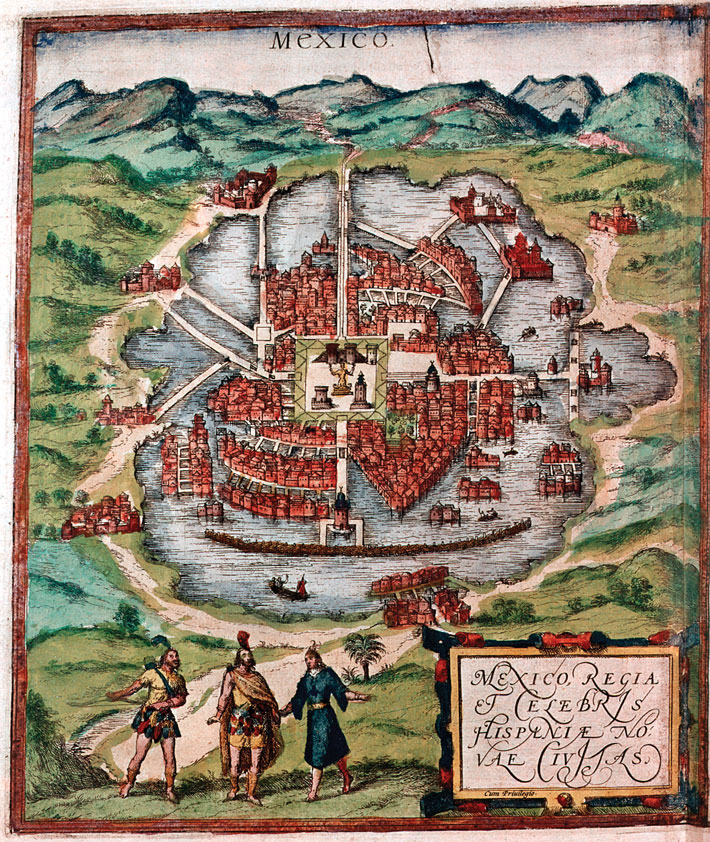
Map of Mexico City from 1524
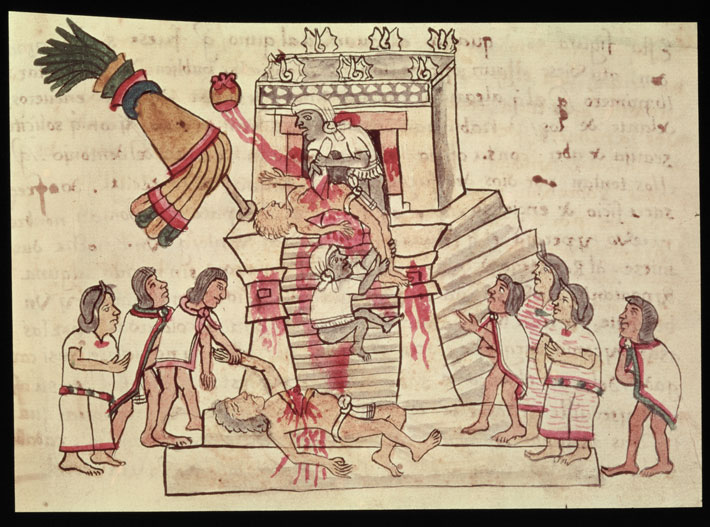
Aztec Codex of 1519
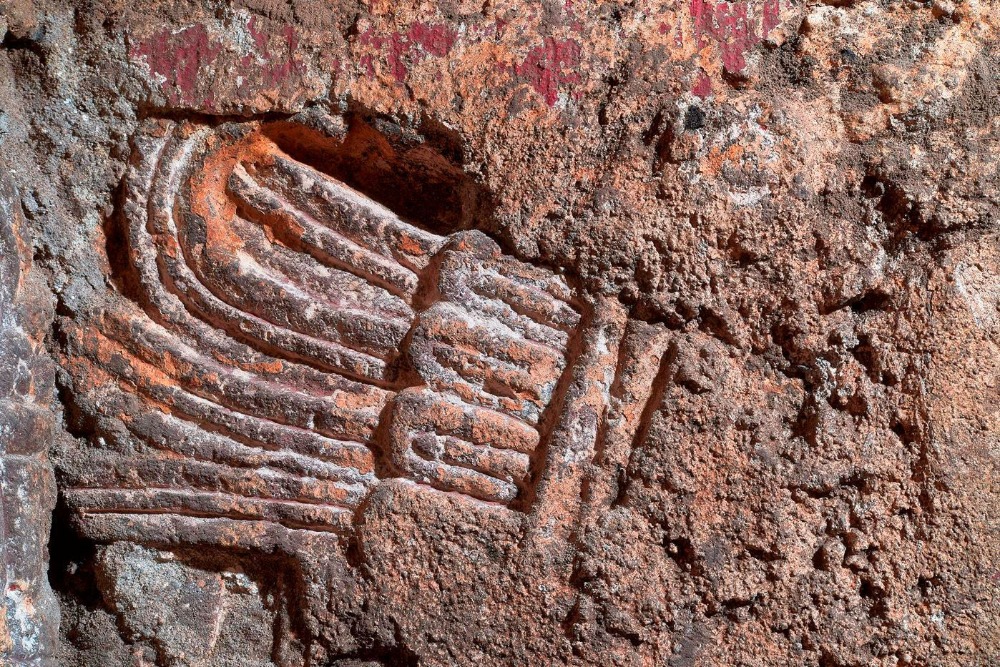
Detail of the decorated stones
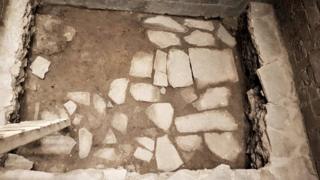
Basalt slab floor
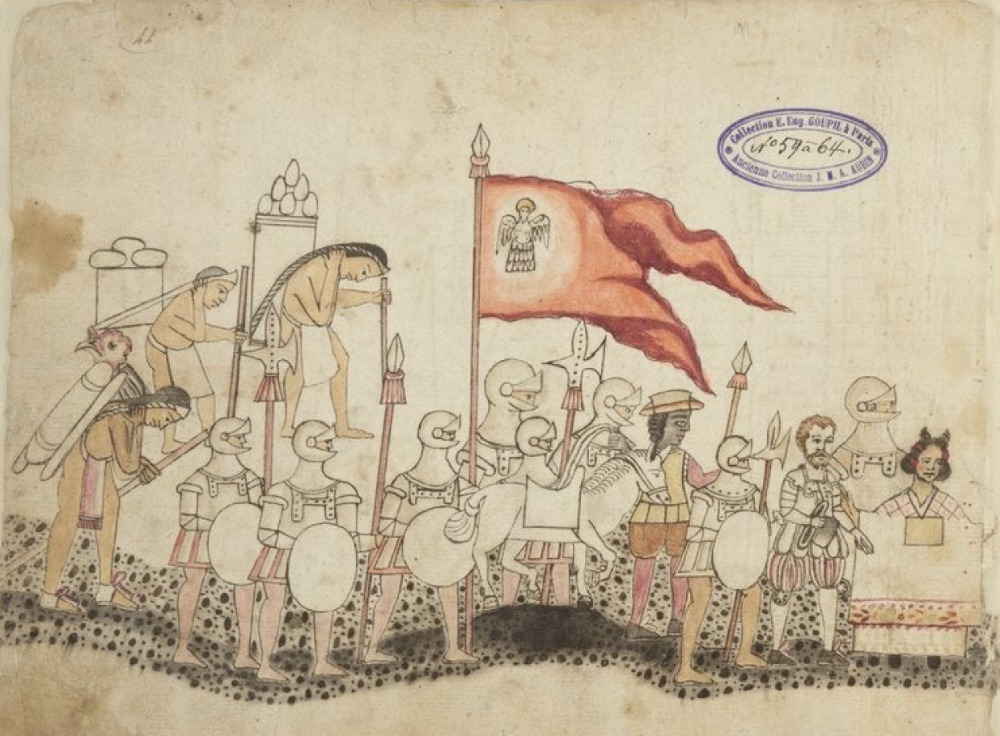
The arrival of Cortés and his men
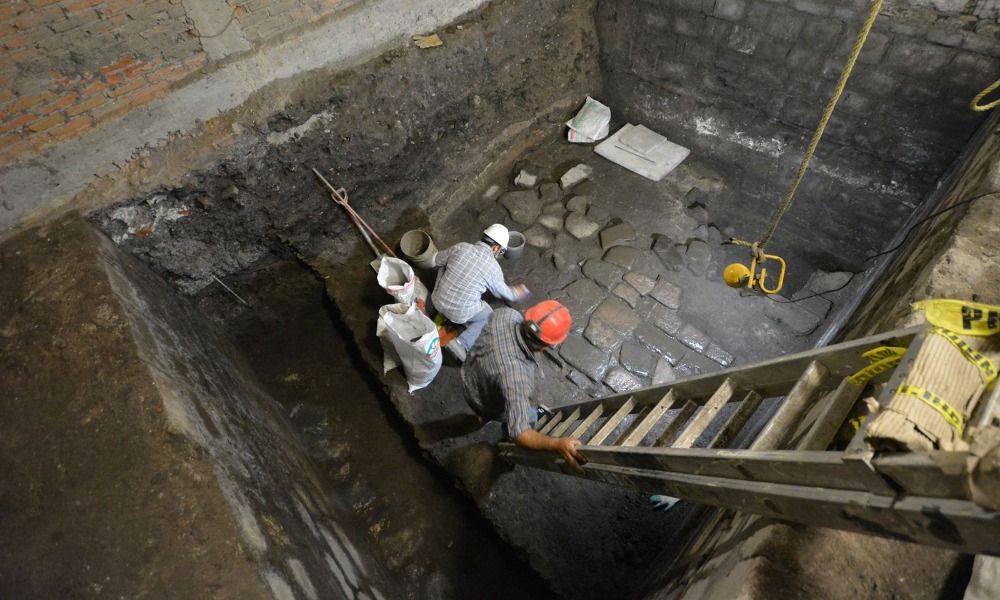
Remains of Cortés' house
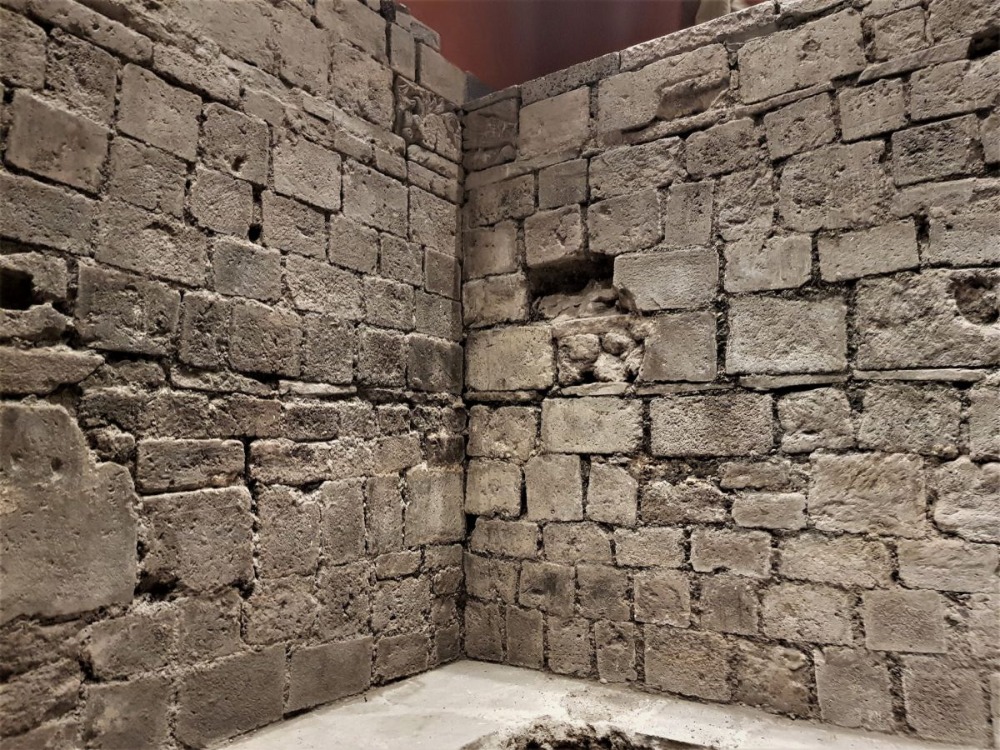
East and south corners of the room

Sources: chochilino.com, thehistoryblog.com, Archaelogy.org
The article is included in categories:



